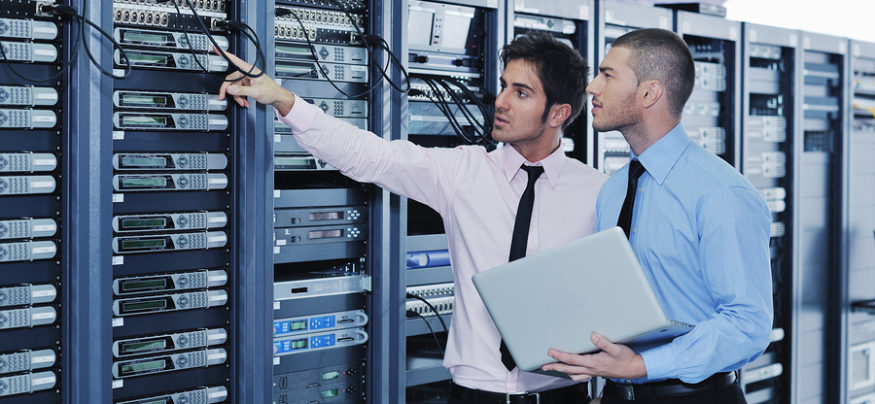Historically, SSDs were regarded as a smaller and faster alternative to HDDs, but that’s changing. Capacities, especially when measured in terabytes per cubic inch, are beginning to increase for SSD technology.
Because of this, there aren’t many applications where SSDs don’t have the edge over HDDs, besides cost per gigabyte. Especially since SSD advantages include performance, lower power drain, less heat, no vibration, smaller footprints and ease of installation.
Now with flash storage, IT administrators can combine different shapes and sizes in a way that’s not true of HDDs. Plus with industry advancements, manufacturers are bringing new form factors and speeds to market on a regular basis.
Recently, Samsung announced it has begun mass production of a 30.72TB Serial Attached SCSI (SAS) SSD. The Samsung PM1643 is a 2.5 inch drive that combines 32 of Samsung’s new 1TB NAND flash packages. As well as doubling the capacity of its previous 16TB PM1633a model, the latest high capacity drive is said to deliver read and write speeds of up to 400,000 IOPS and 50,000 IOPS, and sequential read and write speeds of up to 2,100MB/s and 1,700 MB/s, respectively.
While neither the PM1643 nor the PM1633a are available in IT channel yet, they highlight what enterprises might expect to see soon in terms of capacity and performance from SSD technology.
Beyond these SAS drives, the Samsung PM1725a line, also shipping for OEMs, includes high capacity PCIe NVMe SSDs in capacities as high as 6.4TB, while the 2.5 inch SATA PM963 line currently includes models with capacities up to 3.84 TB.
A Higher Level of Storage
Using the high-capacity enterprise SSDs in the 2.5 inch form factor, server and data storage vendors can easily achieve storage densities as high as, or higher than HDDs, with much better performance.
Discover the Cost Advantages of SSDs
Read this white paper on the total cost of ownership advantages of using SSDs. Download Now
Input/output operations per second (IOps) are dozens, hundreds, or even thousands of times better for SSDs than HDDs, while throughput and latency are also much better. Some SSDs also supports live data compression and deduplication (note that Samsung’s controllers do not compress data), allowing them to reach effective capacities that are 5 to 6 times of raw capacity.
This means that applications that are heavily IOps dependent, including virtualization, virtual desktop infrastructure (VDI), online transaction processing (OLTP), online analytical processing (OLAP), e-commerce, data mining and big data can get the IOps they need, along with high capacities, without requiring a huge number of aggregated HDDs.
How Will the Market Change?
As SSDs become more affordable and ideal for all types of enterprise applications, some IT professionals might wonder if HDDs will become obsolete. The only area where HDDs remain competitive is cost, but as the production of high capacity SSDs ramps up, prices will drop and it’s only a matter of time before SSDs will be the cost-effective option.
For HDDs to be completely replaced, SSDs will have to become competitive in cost per gigabyte. Things are trending this way, but it will still be some time before it’s a reality.
In the past decade, SSD capacities have gone up a thousand fold, while prices per TB have dropped nearly as much. At the same time, HDD capacities have increased three to four times, and prices per TB have decreased to a third or quarter of industry prices.
At this rate, in about a decade, SSD prices will be well below those of HDDs, and enterprises will be relying on solid-state technology to drive their data centers and processing applications.
Find the best storage solutions for your business by checking out our award-winning selection of SSDs for the enterprise.








